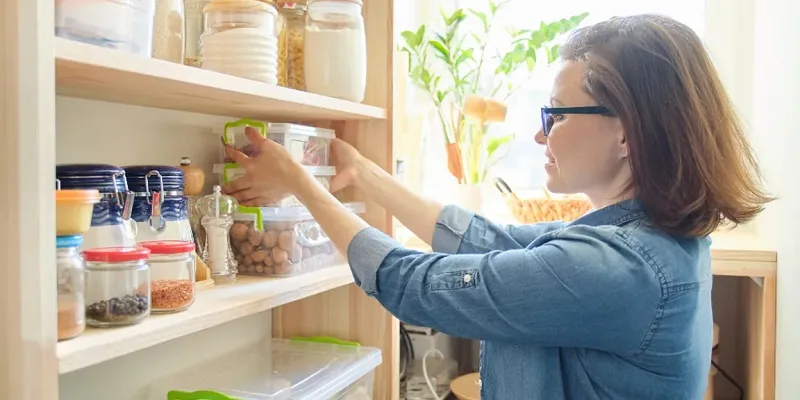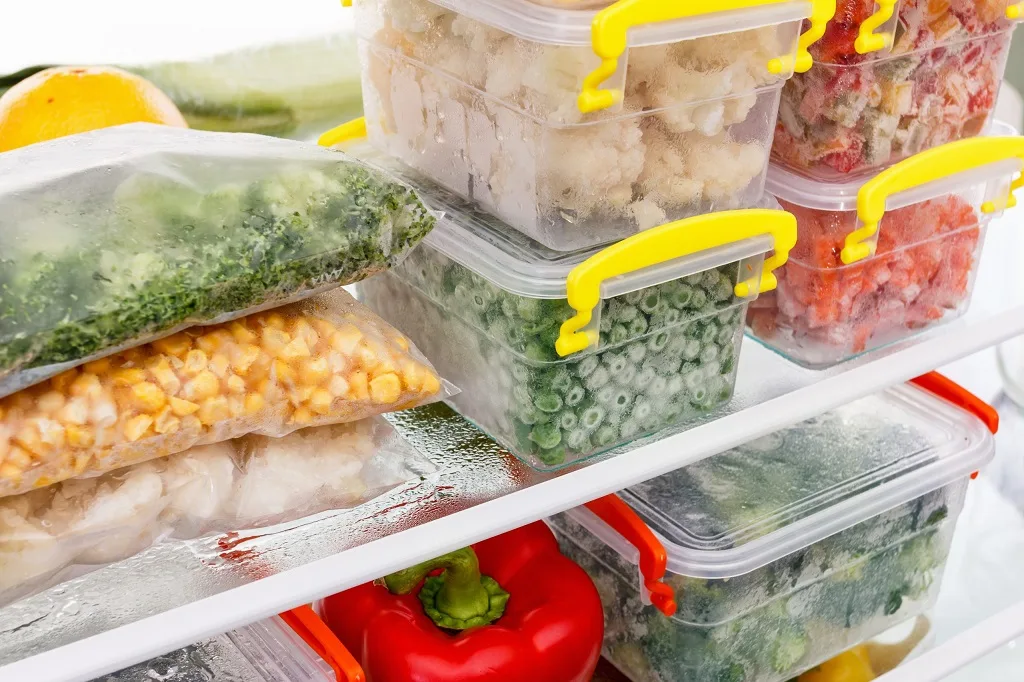
Advice for Housewives: The Importance of Proper Food Storage
Being a housewife is often underrated, encompassing a myriad of roles from budgeting and nutrition planning to ensuring the household runs smoothly. The task of managing a home is far from straightforward, with the intricate art of food storage standing as a cornerstone of household management. This comprehensive guide aims to shed light on the essential nature of proper food storage, offering practical tips and insights for the diligent housewife.
The Challenges Housewives Face
Managing a home requires a deep understanding of both the household’s needs and the best practices for maintaining a healthy, happy living environment. One of the most significant challenges is ensuring that food – the very sustenance of the family – is stored correctly. This not only involves knowing what foods to refrigerate or leave out but also understanding the optimal conditions for preserving freshness and preventing waste.
Moreover, with the rise in food prices and the increasing awareness of the environmental impact of waste, the importance of effective food storage has never been more apparent. It’s a balancing act between nutrition, budgeting, and sustainability, making the role of the housewife both crucial and complex.
Why Proper Food Storage Matters
At its core, proper food storage is about safety, quality, and efficiency. Incorrect storage methods can lead to foodborne illnesses, degradation of food quality, and unnecessary waste. By understanding and implementing effective food storage techniques, housewives can ensure the health and well-being of their families, extend the shelf life of perishables, and optimize their household budget.
Moreover, efficient food storage plays a pivotal role in reducing the carbon footprint associated with food waste. It’s a direct route to more sustainable living practices, aligning with the growing global emphasis on environmental responsibility.
Therefore, the meticulous task of managing food storage is not just about keeping food safe and fresh; it’s about nurturing a household that prioritizes health, efficiency, and environmental stewardship.
Refrigeration: A Critical Tool for Food Preservation
The refrigerator is a modern marvel for food preservation, offering a cold environment to slow bacterial growth and preserve the nutritional value of foods. Most perishable foods, such as meat, dairy, and many fruits and vegetables, require refrigeration to maintain their freshness, safety, and taste.
Understanding the specific refrigeration needs of different food types is crucial. For instance, dairy products should be stored in the coldest part of the fridge, away from the door, to maintain optimal freshness. Similarly, vegetables need to be kept in humidity-controlled drawers to prolong their shelf life.
Additionally, the strategic placement of food in the refrigerator can prevent cross-contamination, further ensuring the safety of your household’s food supply. It’s a detailed science that, when mastered, significantly contributes to a well-managed home.
Yet, not all foods benefit from the chilly confines of a refrigerator. Items like potatoes, onions, and certain fruits fare better in cool, dry places, maintaining their texture and flavor better outside the fridge. Understanding these nuances is key to preventing premature spoilage and maintaining the quality of your groceries.
Foods Best Left Out of the Fridge
Some foods deteriorate more quickly or lose their essence when stored in the refrigerator. Tomatoes, for instance, can become mealy and lose their flavor; garlic, onions, and potatoes may become moldy or sprout more quickly due to the dampness and lack of air circulation in refrigerators. Storing these foods in a cool, dry pantry preserves their quality and extends their usability.

Techniques for Extending Food Freshness
Aside from refrigeration, there are numerous methods to keep food fresh. Vacuum sealing, for example, removes air from the packaging, significantly extending the shelf life of foods by preventing oxidation. Similarly, proper wrapping and the use of airtight containers can shield food from contaminants and moisture, key factors in food spoilage.
Moreover, understanding and utilizing the concept of first-in, first-out (FIFO) ensures that older items are used before newer ones, reducing the chances of having to throw away food. It’s a simple yet effective strategy that can be applied across the pantry, fridge, and freezer.
Implementing these techniques, along with a keen understanding of food storage principles, can transform the way food is preserved in the home, leading to less waste and more efficient household management.
Freshness Equals Health
The direct correlation between the freshness of food and the nutritional value it offers cannot be overstated. Fresh, well-preserved foods are rich in essential vitamins and minerals, contributing significantly to the overall health and well-being of the family.
Additionally, by minimizing waste through effective food storage, households can afford to invest in higher-quality foods, further enhancing the nutritional intake of the family. It’s a virtuous cycle that starts with understanding the importance of proper food storage.
In conclusion, the role of a housewife in managing food storage is pivotal in ensuring the health, safety, and sustainability of the household. By mastering the art of food preservation, housewives contribute significantly to the well-being of their families, underlining the profound importance of this often overlooked aspect of household management.
